Music is always evolving, with genres rising and falling in popularity as cultural and technological shifts shape the sounds of each generation. While some genres fade into obscurity, their influence often lingers, leaving a lasting mark on the music that follows. From glam metal’s bold theatrics to the dreamy soundscapes of shoegaze, these forgotten styles continue to inspire new artists and musical movements. This article explores music genres that may have faded from the mainstream but left an undeniable legacy in shaping the sounds we enjoy today.
Glam Metal
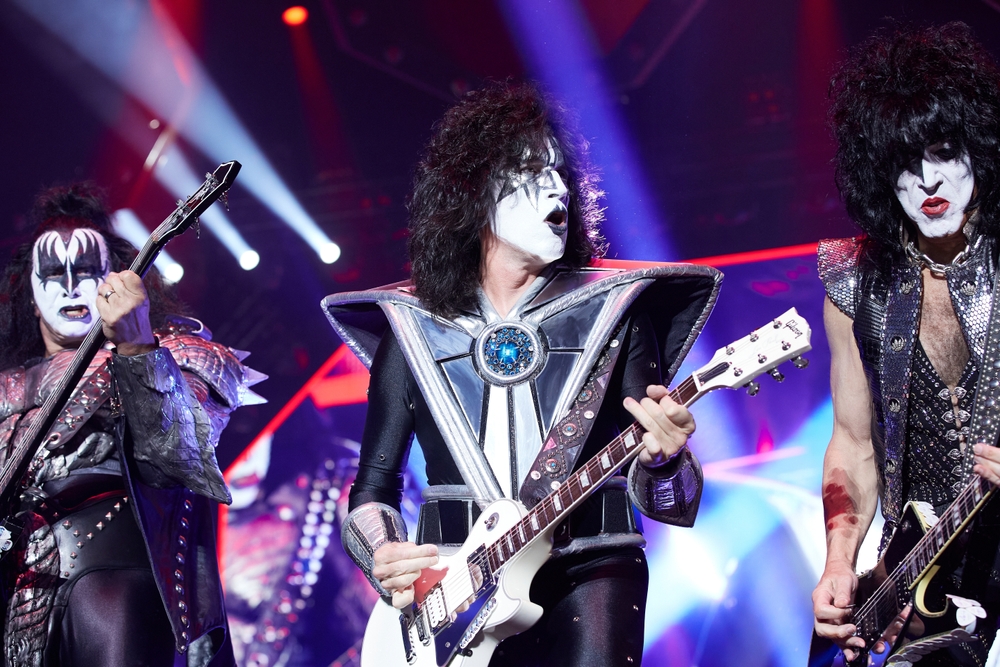
Glam Metal, which peaked during the 1980s, combined hard rock with a flashy, theatrical presentation inspired by glam rock icons like KISS. Bands such as Poison, Mötley Crüe, and Cinderella embraced heavy makeup, teased hair, and outrageous outfits, dominating MTV with their wild stage personas. However, by the early 1990s, it was overshadowed by the rise of grunge, which offered a stripped-down aesthetic and more introspective themes. Its over-the-top image was seen as outdated, and its popularity rapidly faded. While bands tried to evolve, very few succeeded in maintaining their fame. Today, glam metal is often remembered for its decadent visuals and energetic performances but is regarded as a niche genre. Modern revivals have been attempted by bands like Steel Panther, but glam metal never regained the massive cultural hold it once had.
Disco
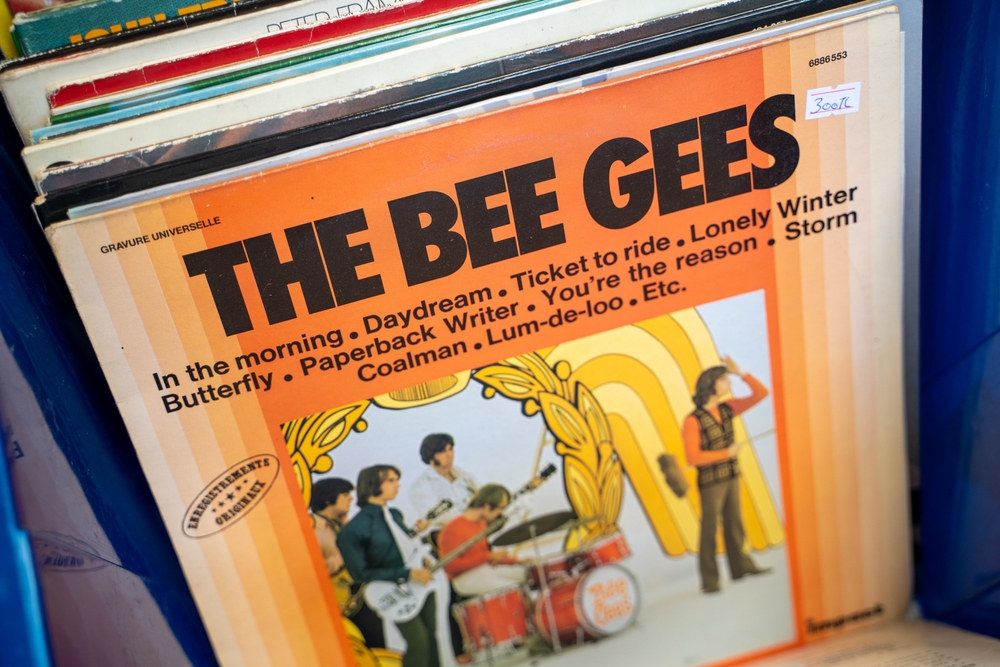
Disco exploded in the 1970s, becoming a staple of dance floors with its infectious beats and grooves. Artists like Donna Summer, the Bee Gees, and Chic helped define the genre, making it the soundtrack to an era of glittering nightlife and extravagant fashion. However, by the early 1980s, backlash against it grew as critics labeled it shallow and formulaic. The infamous “Disco Demolition Night” in 1979 symbolized the public’s rejection of the genre, and radio stations quickly moved on to new trends. Despite its decline, its influence on modern pop, dance, and electronic music is undeniable. Today, acts like Daft Punk and Dua Lipa have incorporated disco elements into their music, keeping the genre’s upbeat, rhythmic style relevant for a new generation. Disco-themed events and parties are also popular, showcasing its lasting appeal.
New Wave
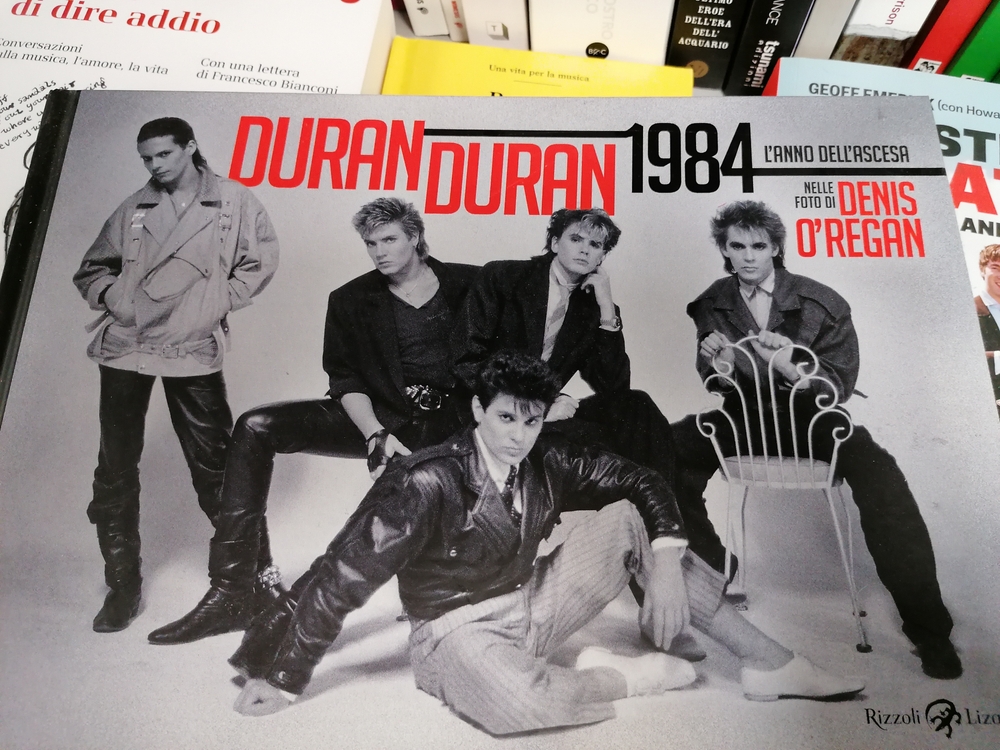
New Wave emerged in the late 1970s as a fusion of punk and electronic music, defined by quirky synthesizers and fast-paced rhythms. Bands like Duran Duran, The Cure, and Talking Heads embraced the genre’s eclectic nature, catapulting it to success during the 1980s. However, as the decade ended, its experimental sound began to blend with mainstream pop and rock, leading to its gradual fade from the charts. The rise of grunge and alternative rock in the 1990s further pushed it into the background. Nevertheless, its influence persists in today’s indie and alternative music scenes, with many artists drawing on its electronic-driven melodies and innovative production techniques. New Wave also helped pioneer the use of music videos as a vital promotional tool, forever changing how artists engaged with their audiences through visual media.
Grunge
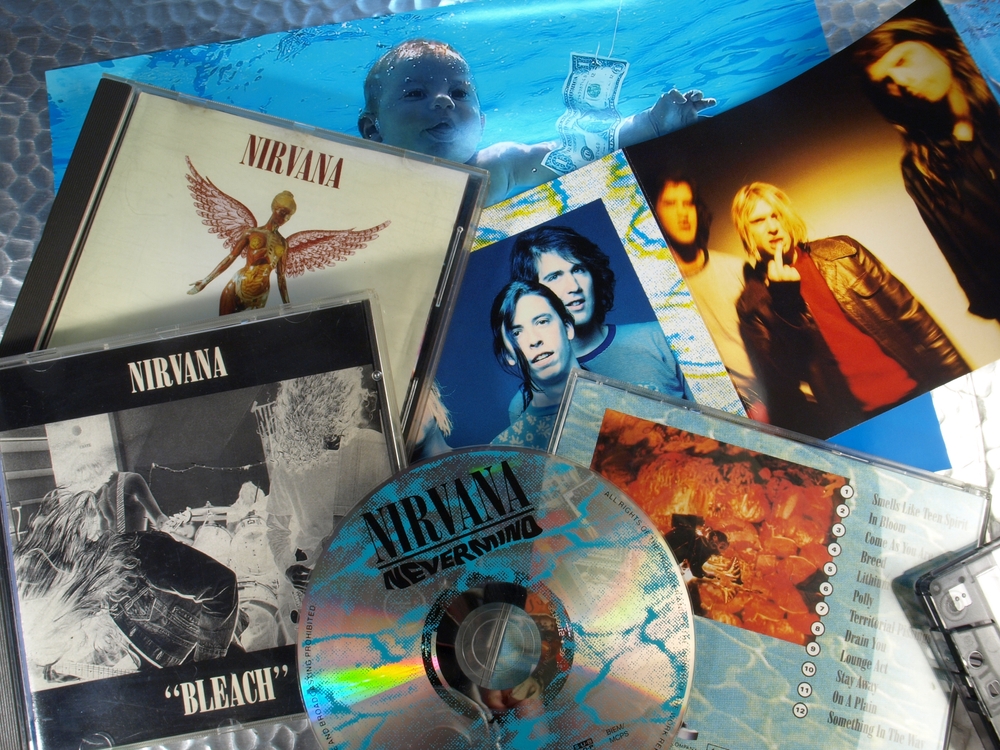
Grunge, born in the late 1980s in Seattle, fused punk rock’s rawness with heavy metal’s aggression. Nirvana, Pearl Jam, and Soundgarden propelled the genre into the mainstream in the early 1990s. Its gloomy themes of alienation and dissatisfaction resonated with a generation disillusioned by the excesses of the 1980s. However, the tragic death of Kurt Cobain in 1994 marked the beginning of the genre’s decline. Many grunge bands either disbanded or shifted toward a more polished rock sound. By the late 1990s, it had been largely replaced by post-grunge and alternative rock, leaving its original scene in the past.
Britpop
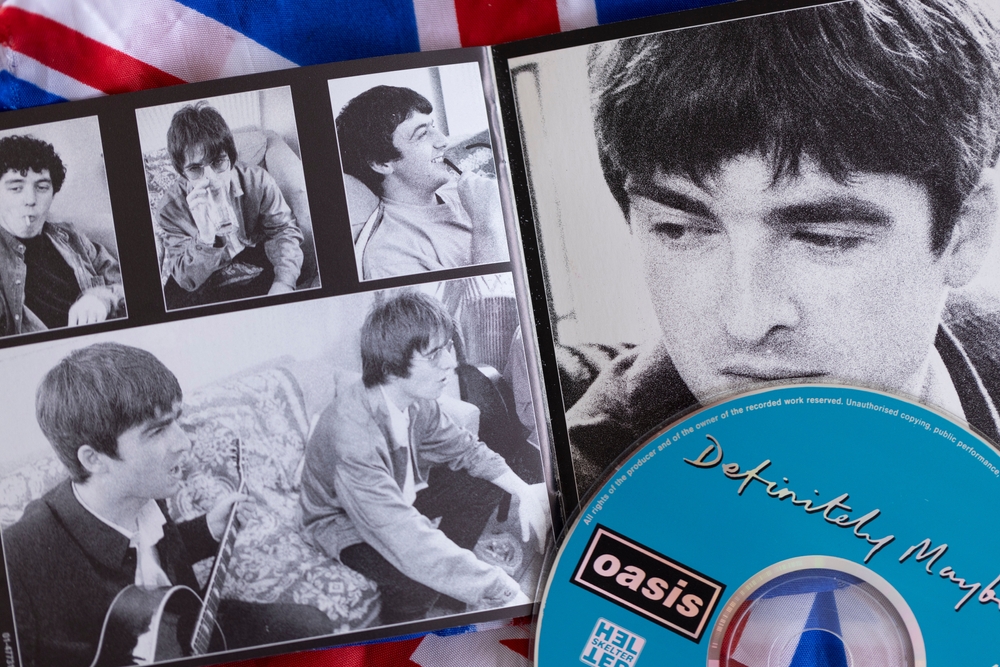
Britpop, a UK-based genre that reached its height in the mid-1990s, celebrated British culture through a blend of alternative rock and pop. Bands like Oasis, Blur, and Pulp defined the era with catchy, anthemic songs that evoked a sense of British pride. However, the rivalry between Oasis and Blur and the subsequent media hype created a short-lived explosion of interest. By the late 1990s, it was overshadowed by emerging trends like electronic music and post-Britpop, leading to its decline. Despite fading from the mainstream, it left a lasting imprint on the British music scene, influencing the rise of indie rock and shaping the UK’s cultural identity during the 1990s.
Ska-Punk
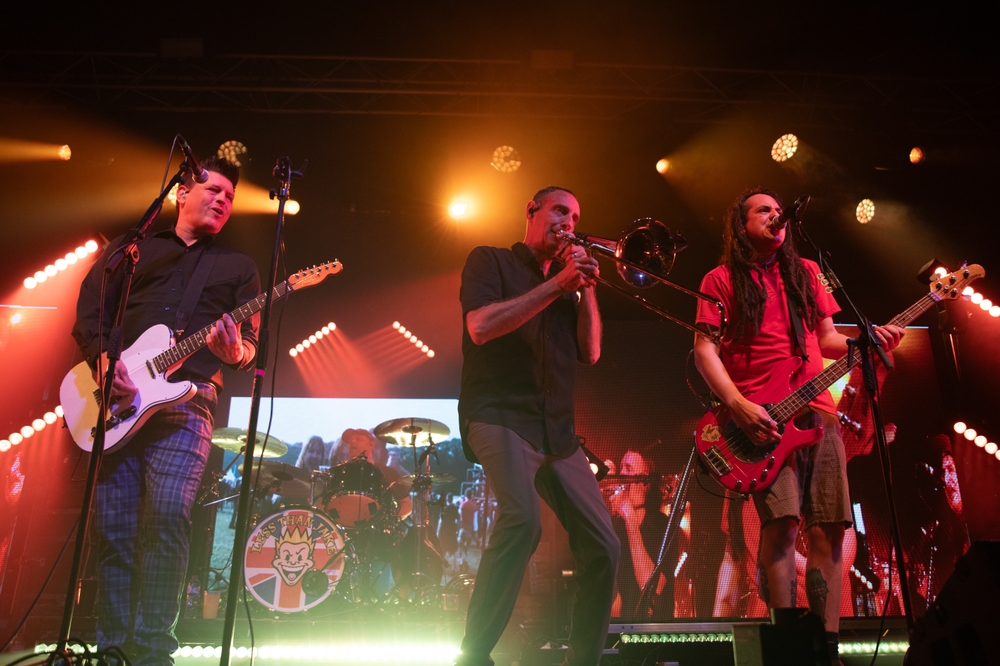
Ska-Punk, which combined the upbeat rhythms of ska with the aggression of punk rock, gained popularity in the 1990s with bands like No Doubt, Less Than Jake, and Reel Big Fish. Its infectious energy and party-friendly vibe made it a staple of the alternative music scene. However, the genre’s commercial appeal waned by the early 2000s as tastes shifted towards pop-punk and emo. Its distinctive brass instruments and offbeat rhythms became less prevalent in mainstream rock, though the genre continues to have a dedicated following in underground scenes.
Swing
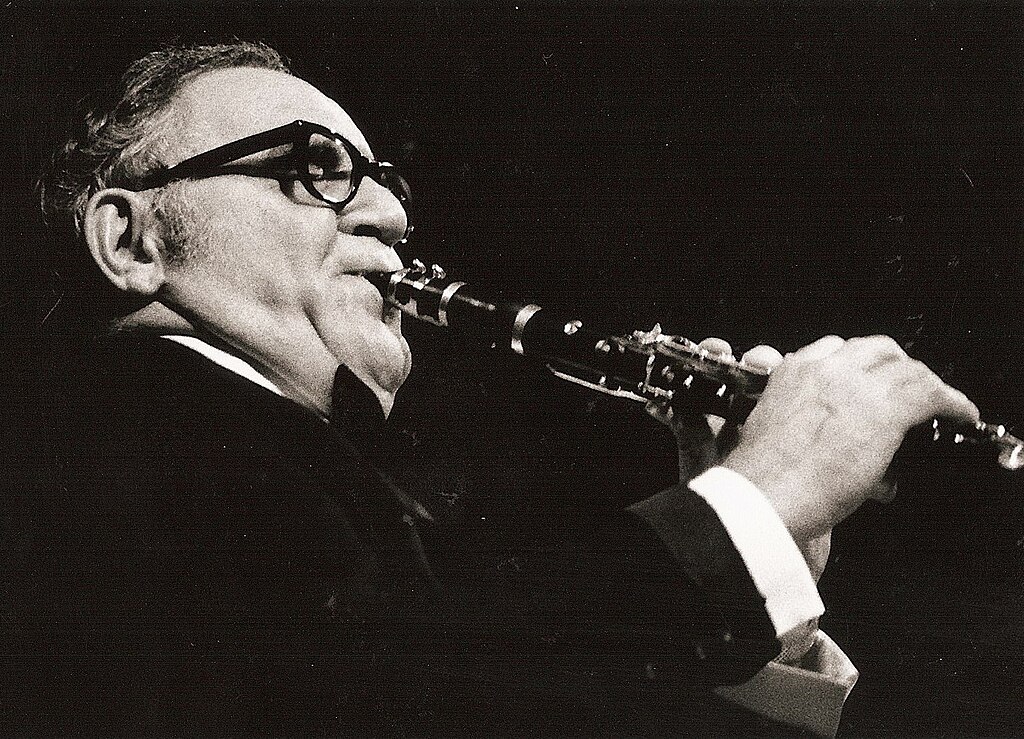
Swing, which dominated the 1930s and 1940s, featured large orchestras, vibrant rhythms, and lively brass sections. Benny Goodman and Duke Ellington were some of the most iconic figures of the genre, which brought dance floors to life during the swing era. However, its popularity began to fade with the arrival of bebop and other forms of jazz, which emphasized more complex, improvisational playing. By the 1950s, it had largely vanished from the mainstream, replaced by rock ‘n’ roll and other popular music styles. Despite its decline, swing’s upbeat tempo and danceable rhythms have had a lasting impact on jazz and popular music. In recent years, a revival of swing dancing has sparked renewed interest in the genre, keeping its legacy alive at dance clubs and music festivals worldwide.
Psychedelic Rock

Psychedelic rock emerged in the 1960s, characterized by its experimental sounds and influences from the countercultural movement. Bands like The Doors, Pink Floyd, and Jefferson Airplane embraced mind-altering effects, incorporating surreal lyrics and unconventional instruments into their music. However, as the 1970s dawned, its popularity began to fade due to the decline of the counterculture movement and the rise of more structured rock genres like progressive rock and heavy metal. The complexity of the genre made it less accessible to mainstream audiences, leading to its gradual disappearance from the charts. Despite this, psychedelic rock has remained influential in modern alternative and experimental music.
Rockabilly

Rockabilly, one of the earliest forms of rock ‘n’ roll, blended elements of country, blues, and rhythm and blues, emerging in the 1950s. Artists like Elvis Presley, Carl Perkins, and Johnny Cash brought the genre to mainstream attention, with rockabilly’s energetic rhythms and rebellious spirit captivating young audiences. However, as rock music evolved and incorporated more sophisticated styles, rockabilly’s popularity declined by the late 1950s. The rise of the British Invasion further pushed it into obscurity. Despite this, it had a lasting impact on the development of rock music and continues to influence genres like punk and psychobilly.
Folk Rock
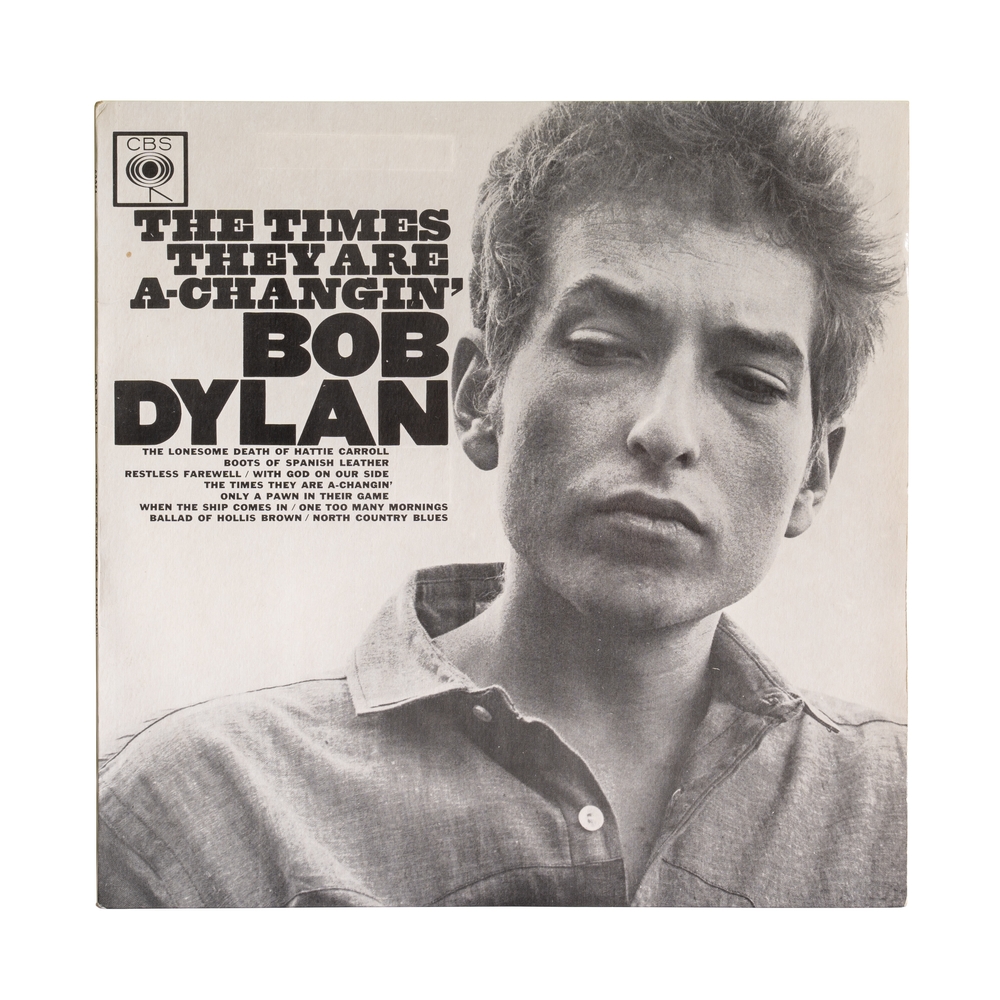
Folk rock, which gained popularity in the 1960s, fused the acoustic traditions of folk music with the electric sounds of rock. Artists like Bob Dylan and The Byrds pioneered the genre, using it to convey socially conscious messages and political commentary. However, by the late 1970s, it began to fade as audiences turned to other genres like punk and disco. Its earnest and often serious themes seemed out of place in a musical landscape increasingly focused on escapism and entertainment. Although it no longer dominates the charts, folk rock’s blend of storytelling and rock instrumentation left a lasting impact on the singer-songwriter tradition. Modern indie folk artists continue to draw from folk rock’s rich legacy, ensuring its relevance in contemporary music.
This article originally appeared on Rarest.org.
More from Rarest.org
15 Dazzling Marine Creatures with Unforgettable Hues

The ocean is home to some of the most breathtaking creatures on the planet, many of which captivate with their vibrant and unforgettable colors. These marine animals are not only visually stunning but often use their dazzling hues for camouflage, communication, or protection. Read More.
17 Extraordinary Pollinators Essential to Ecosystems Worldwide

Pollinators are vital to the health of ecosystems around the world, helping plants reproduce and ensuring the survival of countless species. From tiny insects to larger animals, these pollinators play an essential role in supporting biodiversity and food production. Read More.
24 Rare Reptiles Native to Isolated Islands and Habitats

Isolated islands and remote habitats are home to some of the world’s most unique reptiles. These rare creatures have adapted to their surroundings in fascinating ways, often developing features found nowhere else. Read More.
